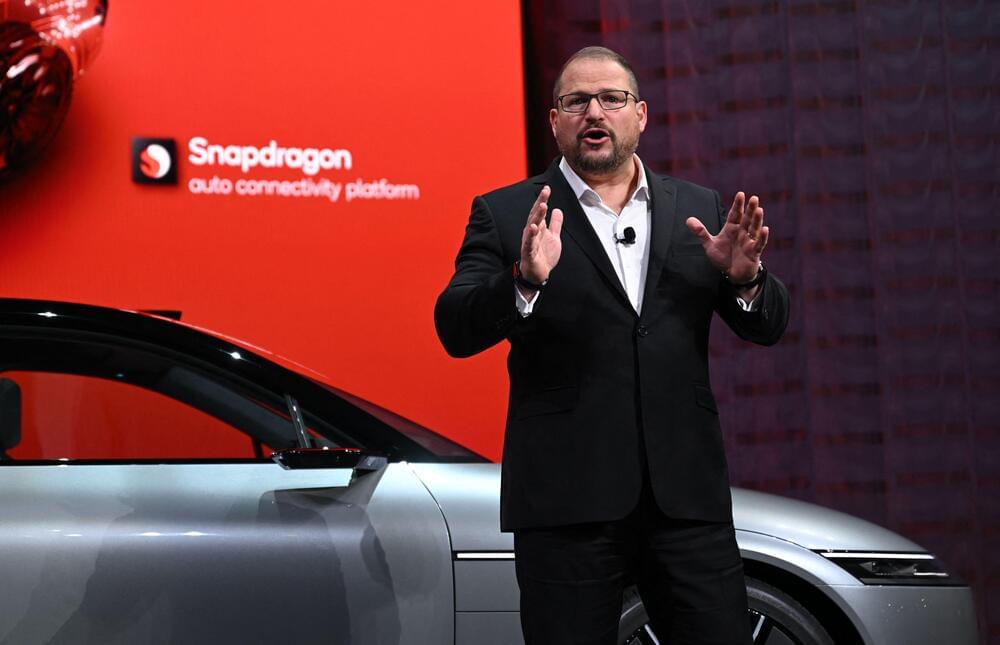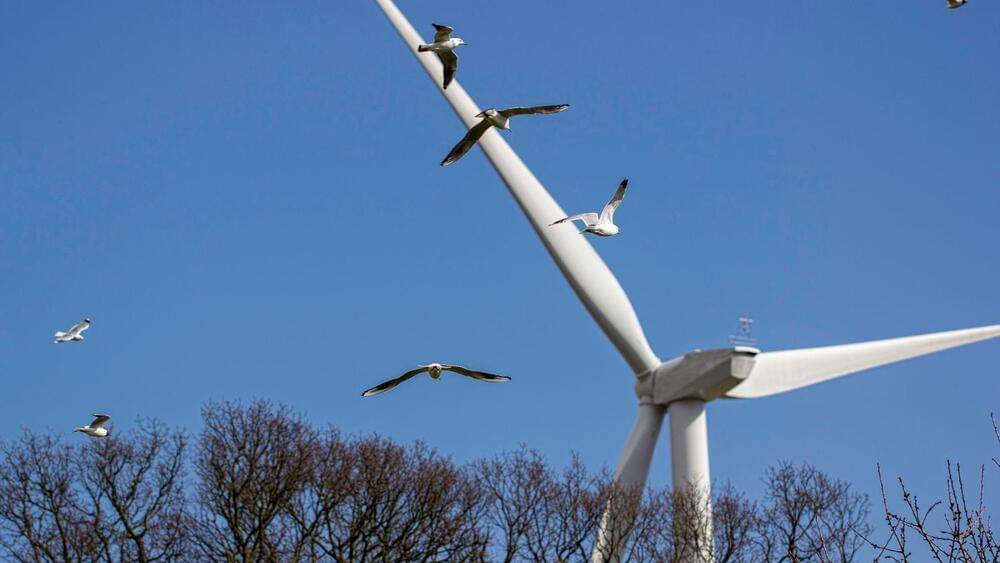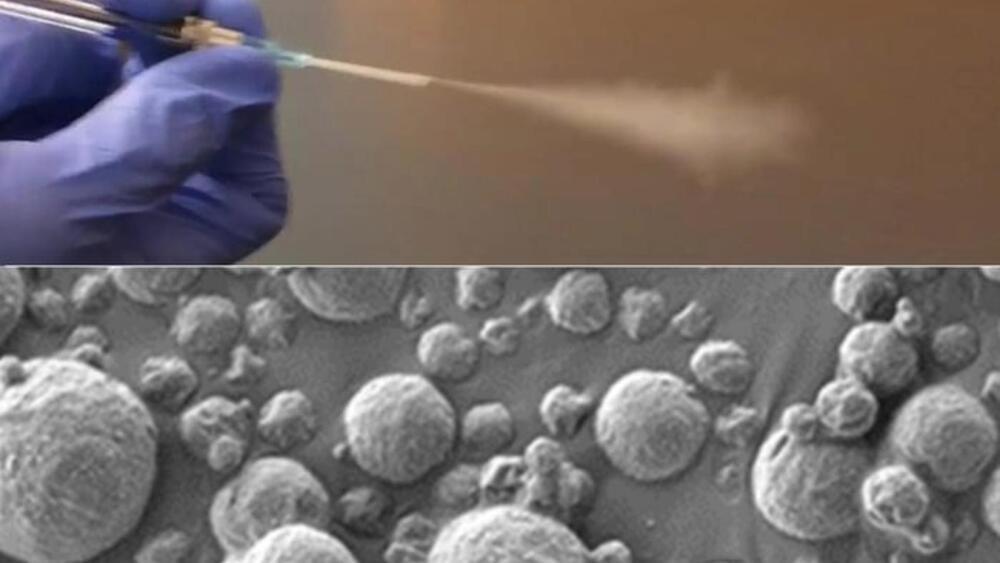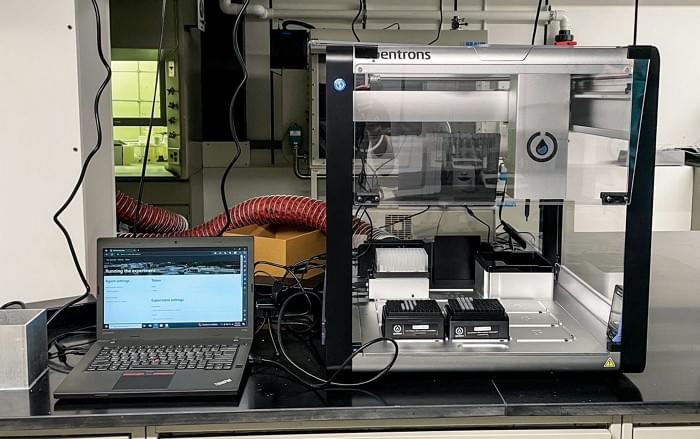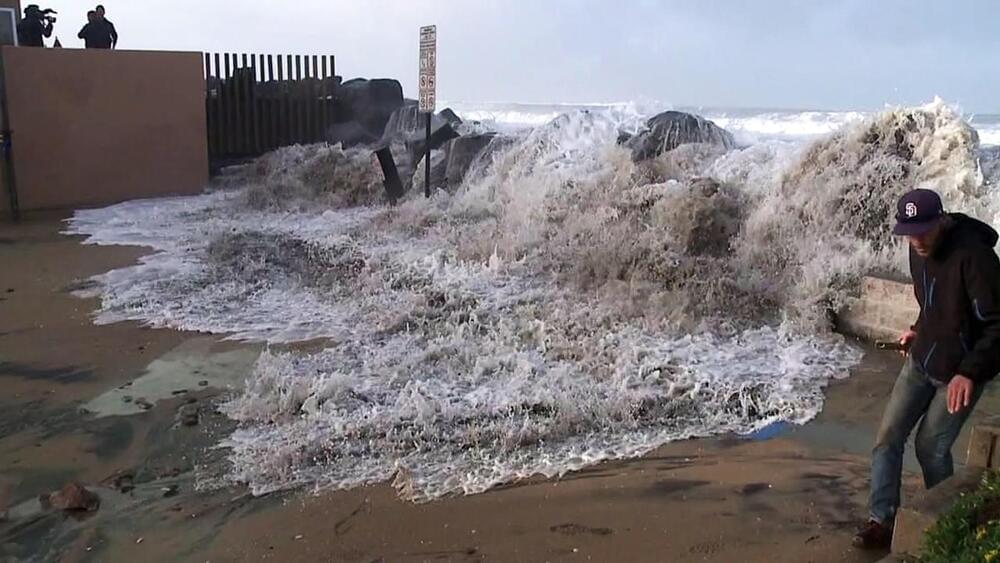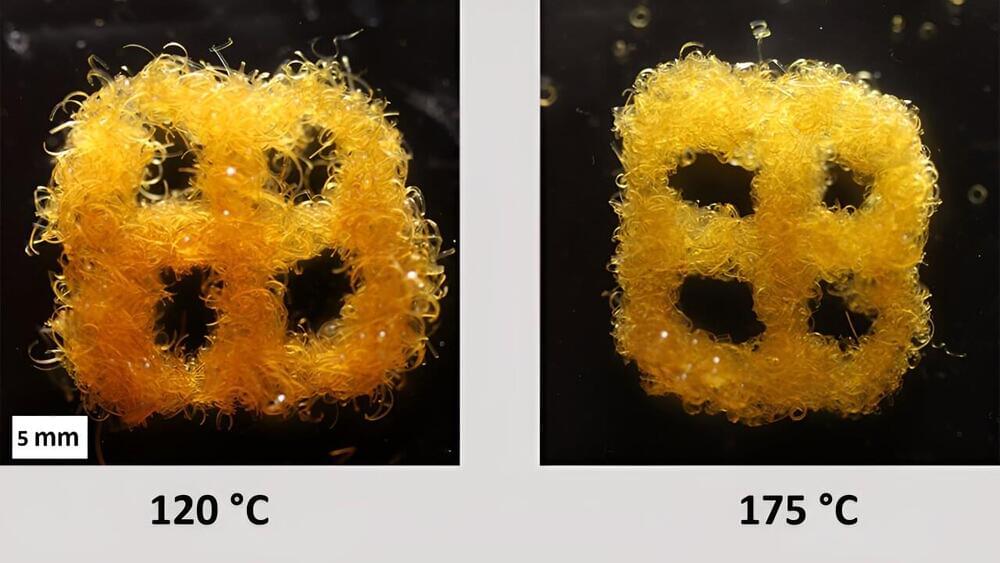Jan 7, 2024
Qualcomm Expecting To “Flex” It’s Automotive Muscles In 2024
Posted by Gemechu Taye in categories: computing, neuroscience
Almost exactly one year ago at CES 2023, Qualcomm announced its Snapdragon Ride Flex system-on-chip (SoC) product family. As an expansion of the company’s Snapdragon Digital Chassis product portfolio, the new SoC family is meant to support advanced driver assistance systems (ADAS) as well as digital cockpit and infotainment applications spanning from entry level to premium vehicles. At the time, Qualcomm announced that the Ride Flex SoC was sampling with an expected start of production in early 2024. It’s now early 2024 and CES is about to kick off again. Tirias Research is expecting to hear an update on the product family next week. We anticipate the update will include, at the very least, some of the partners who will be bringing the Ride Flex SoCs to market in production volumes this year and into 2025. Given Qualcomm’s track record for hitting their estimated timelines, we felt that a re-cap of the product family is warranted leading up to next week’s anticipated update.
“Flex-ing” Resources to Support Mixed Criticality and Multiple Tiers
The Snapdragon Ride Flex is actually two monolithically integrated 4nm SoCs – a primary SoC and what Qualcomm are calling a Safety Island SoC. The primary SoC consists of a Kryo Gen 6 Arm v8.2 central processing unit (CPU) with integrated L3 cache, an Adreno 663 graphics processing unit (GPU), a Hexagon neural processing unit (NPU), a Spectra 690 image signal processing (ISP), two Adreno display processing units (DPUs) for multiple high-resolution display support and associated memory and I/O interconnects. This part of the SoC is Automotive Safety Integrity Level (ASIL) B certified. The Safety Island SoC, which is ASIL-D certified, consists of a multi-core real-time CPU with enhanced error managements support and isolated memory and peripherals. ASIL is a risk classification methodology established under ISO 26,262 from the International Organization for Standardization which defines functional safety for road vehicles.
